Anaheim Chili Pepper Scoville: A Spicy Guide for the Curious and the Bold
Table of Contents
Introduction to the Anaheim Chili Pepper
The Anaheim chili pepper, also known as the California chili, is a versatile and flavorful ingredient that has become a staple in many kitchens. Originating from New Mexico, this mild to medium-heat pepper is prized for its sweet, slightly smoky flavor and tender flesh. But what makes it unique? Let’s dive into the world of the Anaheim chili pepper and explore its Scoville rating—because even the mildest peppers can surprise you.
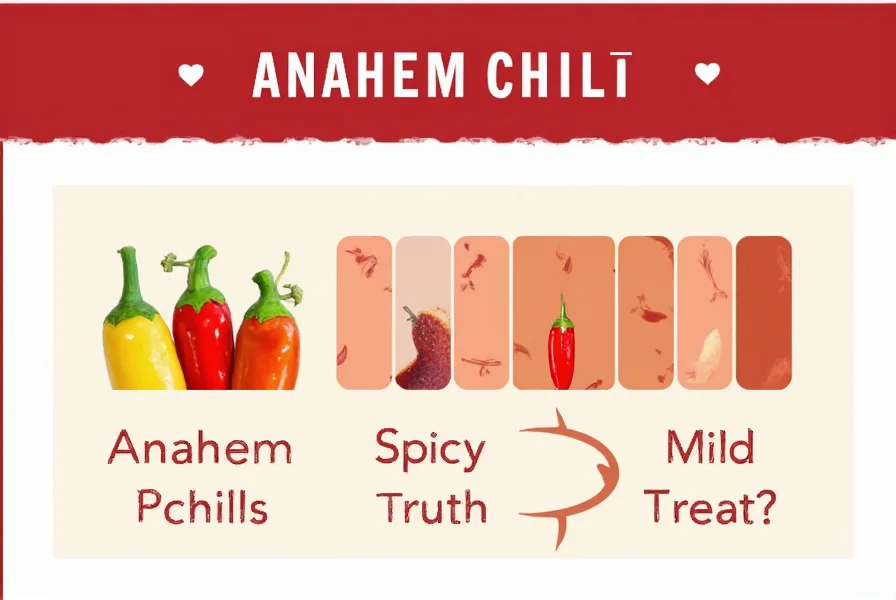
Understanding the Scoville Scale
If you're new to the world of peppers, the Scoville scale might seem like a mysterious code. But it's actually a way to measure how spicy a pepper is. The scale was developed by Wilbur Scoville in 1912 and measures the concentration of capsaicin, the compound responsible for heat. The higher the Scoville units (SHU), the spicier the pepper.
So where does the Anaheim chili pepper fall on this scale? The Anaheim pepper typically ranges between 500 to 2,500 Scoville Heat Units. That puts it in the category of mild to medium heat, making it a great choice for those who want some kick without the burn. For comparison, jalapeños are usually around 2,500–8,000 SHU, while habaneros can reach up to 350,000 SHU. So, the Anaheim is definitely not one to be feared—but it still packs a punch!
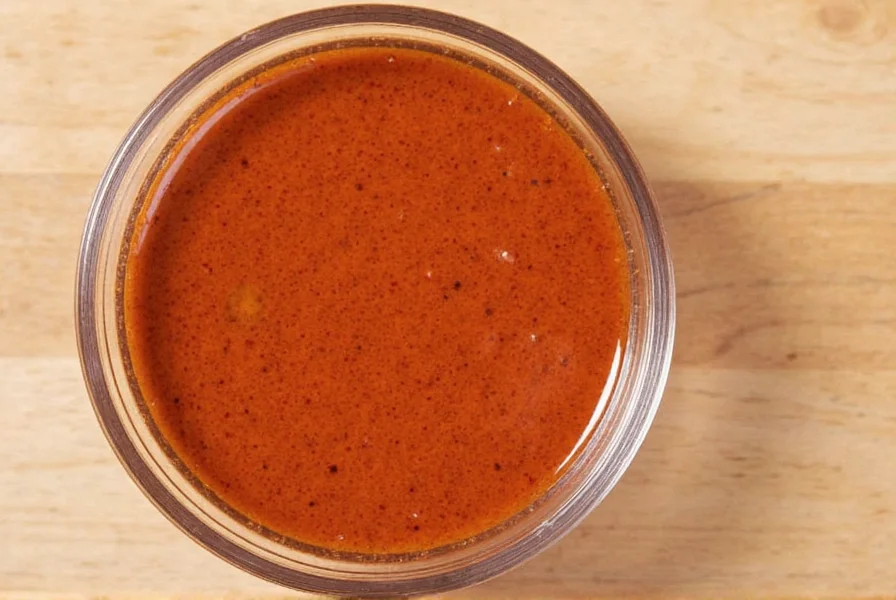
Flavor Profile and Culinary Uses
Beyond its heat level, the Anaheim chili pepper offers a rich and complex flavor. It has a sweet, slightly tangy taste with hints of earthiness and a subtle smokiness. This makes it a favorite for roasting, grilling, and stuffing. You'll often find it used in dishes like chiles rellenos, enchiladas, and salsas.
One of the best things about the Anaheim pepper is its versatility. It can be used raw or cooked, and it holds up well in sauces and stews. Its thin skin and juicy flesh make it ideal for stuffing with cheese, meat, or rice. And if you're feeling adventurous, try using it in a spicy tomato sauce or as a base for a homemade hot sauce.
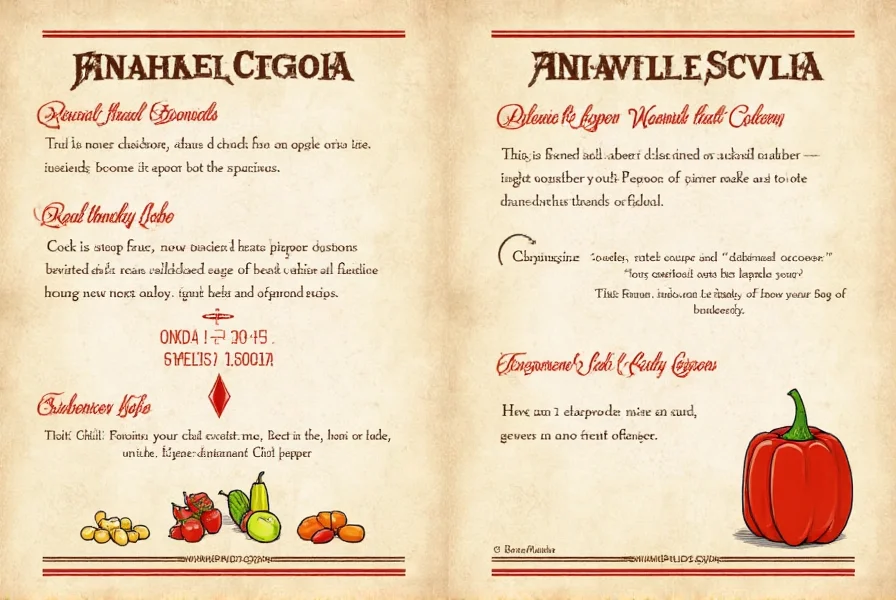
Practical Tips for Using Anaheim Peppers
Whether you're a seasoned cook or just starting out, here are some practical tips to help you make the most of your Anaheim peppers:
- Roast them for depth of flavor. Roasting brings out the natural sweetness and adds a smoky note. Simply place the peppers on a baking sheet and roast at 400°F (200°C) for 15–20 minutes until the skins blister and char slightly.
- Use them in fresh salsas. Dice up some roasted or raw Anaheim peppers and mix them with tomatoes, onions, cilantro, and lime juice for a fresh, zesty salsa.
- Make a spicy tomato sauce. Blend roasted Anaheim peppers with garlic, olive oil, and tomatoes for a homemade sauce that’s perfect for pasta or grilled meats.
- Try stuffed peppers. Hollow out the peppers, fill them with a mixture of rice, beans, cheese, and spices, then bake until the peppers are tender and the filling is bubbly.
- Grow your own. If you have a garden or a sunny windowsill, consider growing Anaheim peppers. They thrive in warm weather and can be harvested when they turn from green to red.
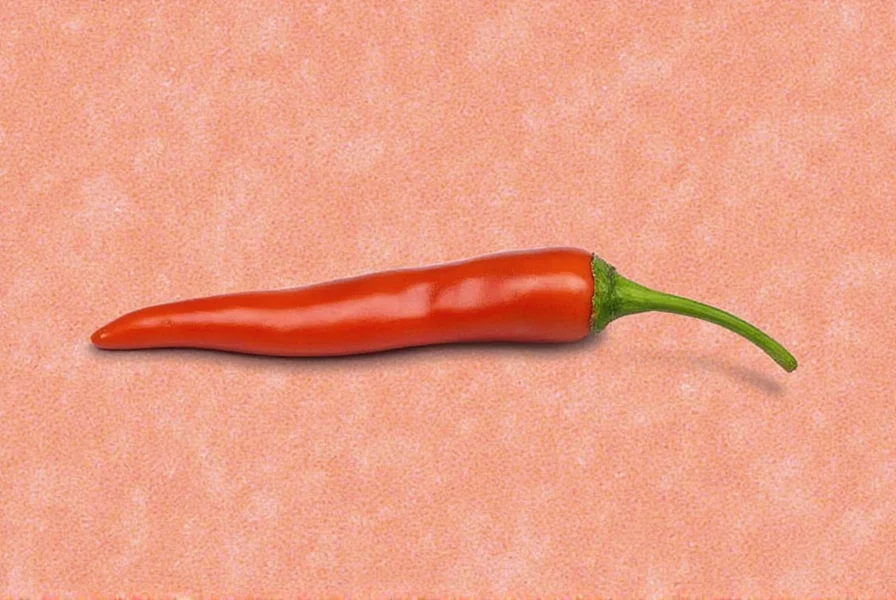
Buying Guide: How to Choose the Best Anaheim Peppers
When shopping for Anaheim peppers, look for ones that are firm, smooth, and free of blemishes. The color can vary from bright green to deep red, depending on how ripe they are. Green Anaheim peppers are milder and more crisp, while red ones are sweeter and more intense in flavor.
Here are some top products to consider if you're looking for high-quality Anaheim peppers or related items:
1. Fresh Anaheim Peppers
- Features: Fresh, organic, and locally sourced.
- Advantages: Perfect for cooking, roasting, or eating raw.
- Use Cases: Ideal for making salsas, stuffed peppers, or adding to soups and stews.
- Target Audience: Home cooks, food enthusiasts, and those who enjoy experimenting in the kitchen.
- Suitable Occasions: Weeknight dinners, family gatherings, or weekend BBQs.
2. Dried Anaheim Chili Peppers
- Features: Dried and ready to use, with a concentrated flavor.
- Advantages: Long shelf life and ideal for making powders or sauces.
- Use Cases: Great for spice blends, hot sauces, or adding heat to dishes.
- Target Audience: Those who love to experiment with different spice levels.
- Suitable Occasions: Cooking classes, spice tastings, or creative recipe development.
3. Anaheim Pepper Seeds
- Features: Organic seeds for home gardening.
- Advantages: Fun and rewarding to grow from scratch.
- Use Cases: Ideal for backyard gardens or container planting.
- Target Audience: Gardeners, plant lovers, and eco-conscious cooks.
- Suitable Occasions: Spring planting, gardening projects, or educational activities for kids.
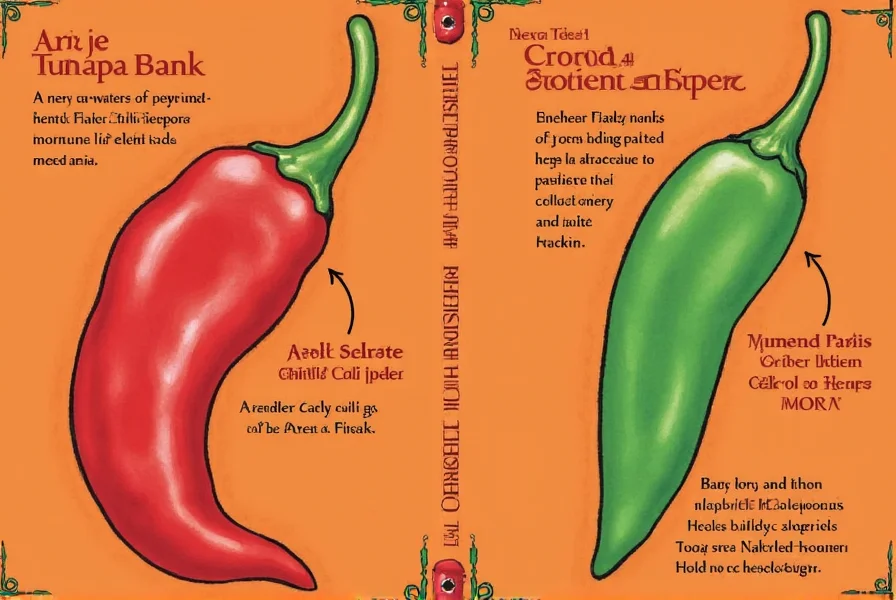
4. Anaheim Pepper Hot Sauce
- Features: Ready-made, store-bought hot sauce made with Anaheim peppers.
- Advantages: Convenient and adds instant flavor to any dish.
- Use Cases: Perfect for drizzling over tacos, eggs, or sandwiches.
- Target Audience: Busy individuals, condiment lovers, and fans of quick meals.
- Suitable Occasions: Breakfast, lunch, or snack time.
5. Anaheim Pepper Powder
- Features: Ground Anaheim peppers for easy use in recipes.
- Advantages: Adds heat and flavor without the mess of whole peppers.
- Use Cases: Great for seasoning meats, soups, and marinades.
- Target Audience: Chefs, home cooks, and spice enthusiasts.
- Suitable Occasions: Cooking shows, restaurant prep, or meal prepping.
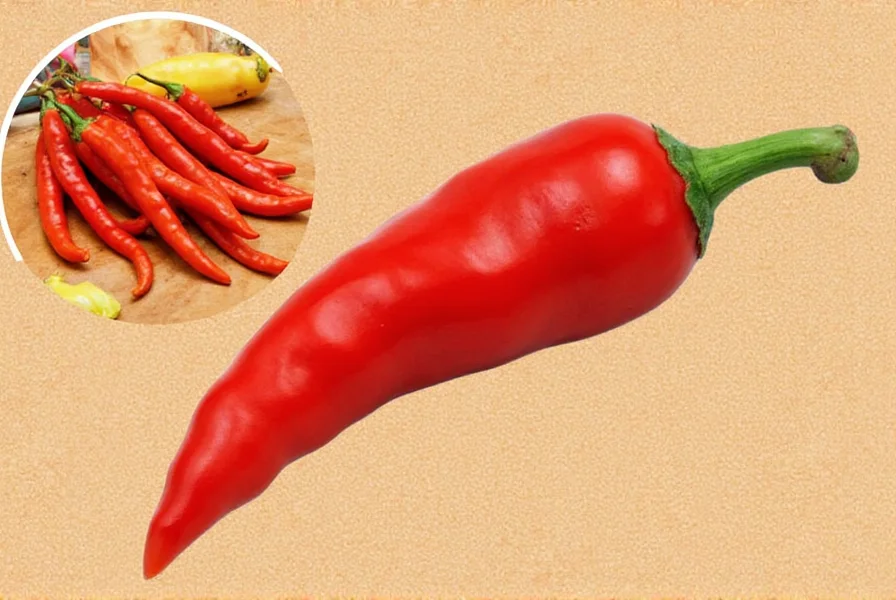
Conclusion
The Anaheim chili pepper is more than just a mild spice—it's a culinary treasure that can elevate your dishes with its unique flavor and versatility. With a Scoville range of 500 to 2,500 SHU, it's perfect for those who want a little heat without overwhelming their taste buds. Whether you're roasting, stuffing, or blending it into a sauce, the Anaheim pepper is a must-have in any spice lover's kitchen.
From beginner cooks to seasoned chefs, there's something for everyone when it comes to this humble but powerful pepper. So next time you’re in the market for some spice, give the Anaheim chili pepper a try—it might just become your new favorite.
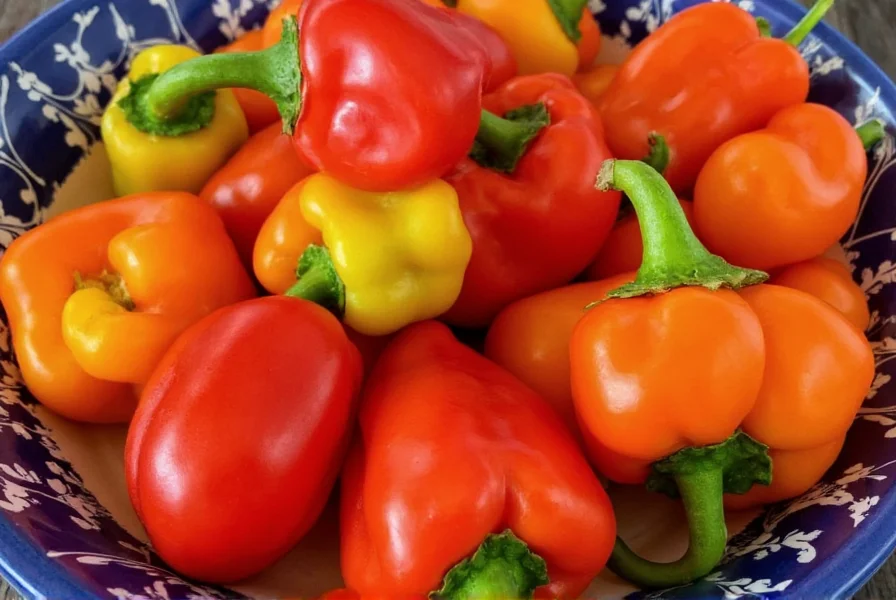
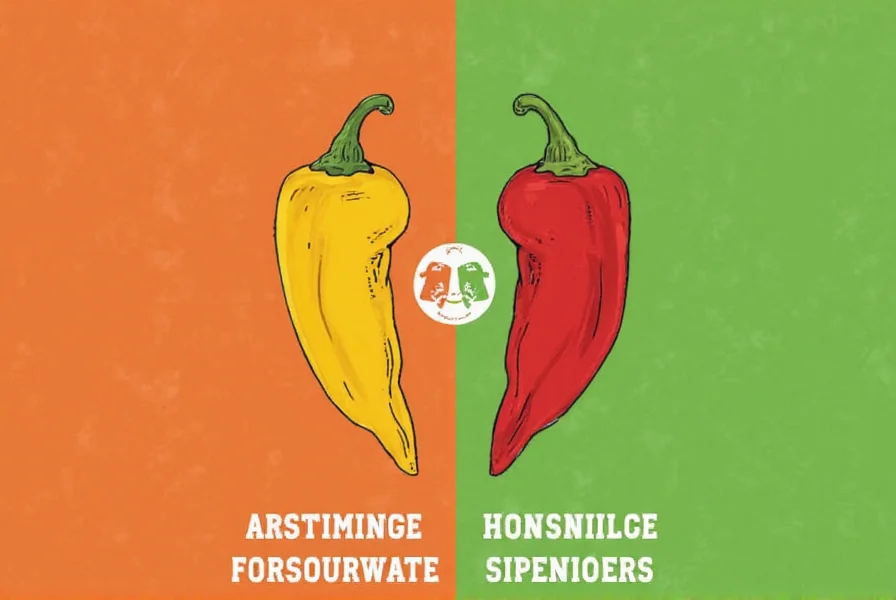
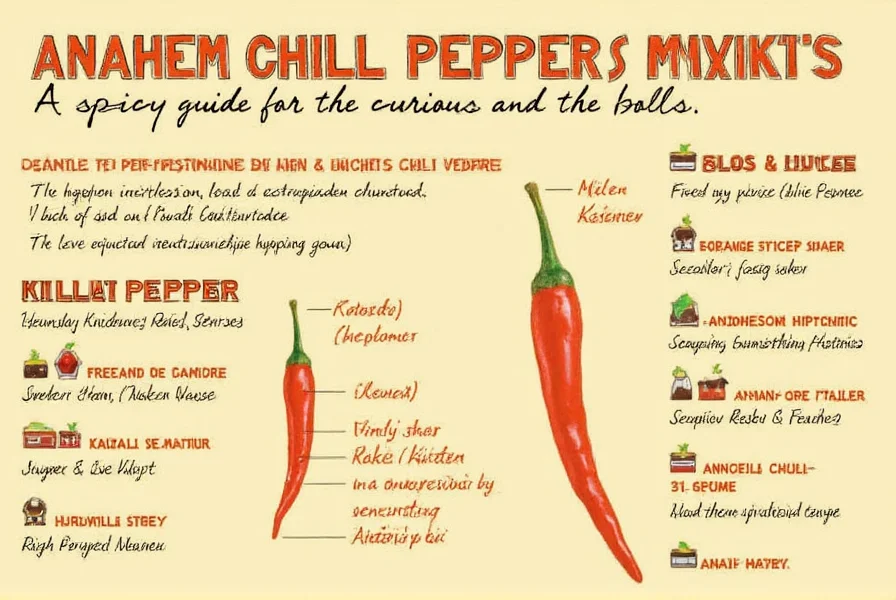
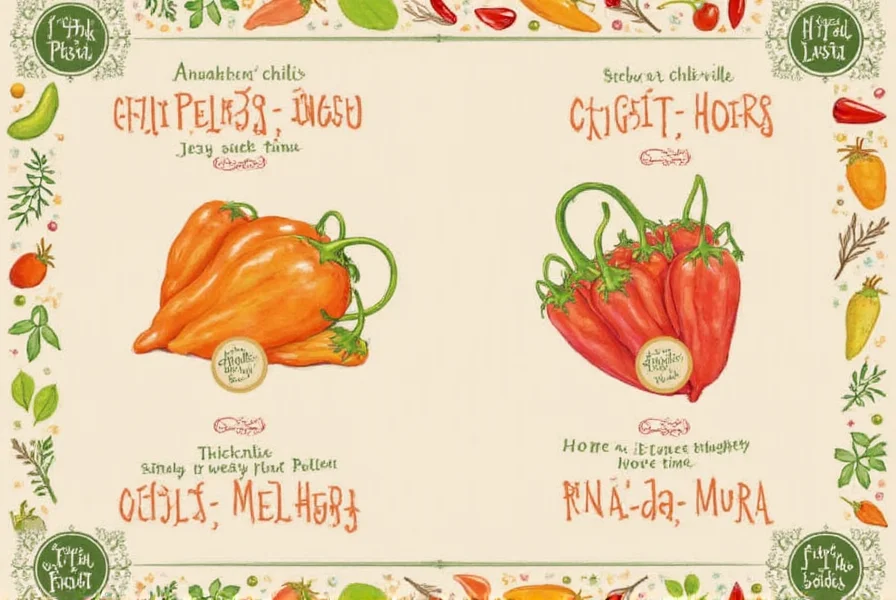
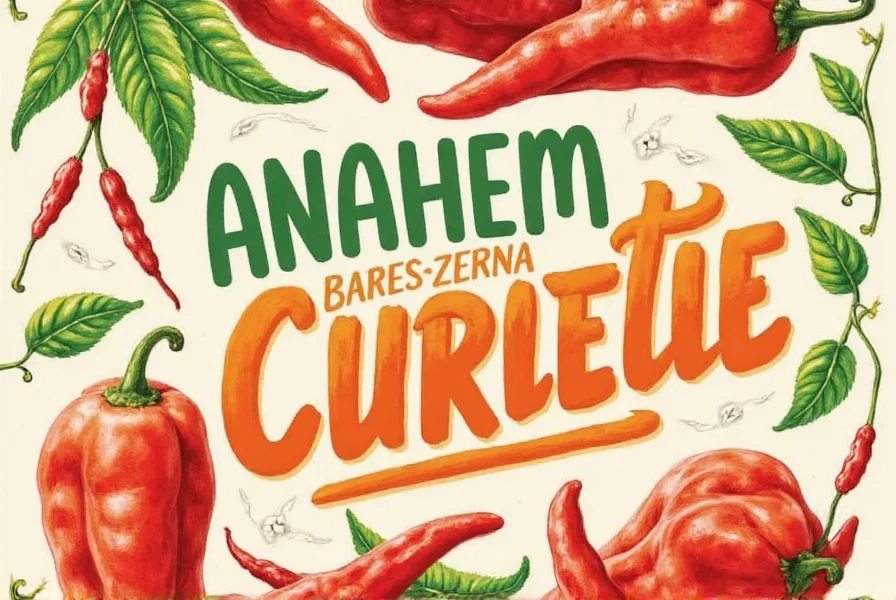

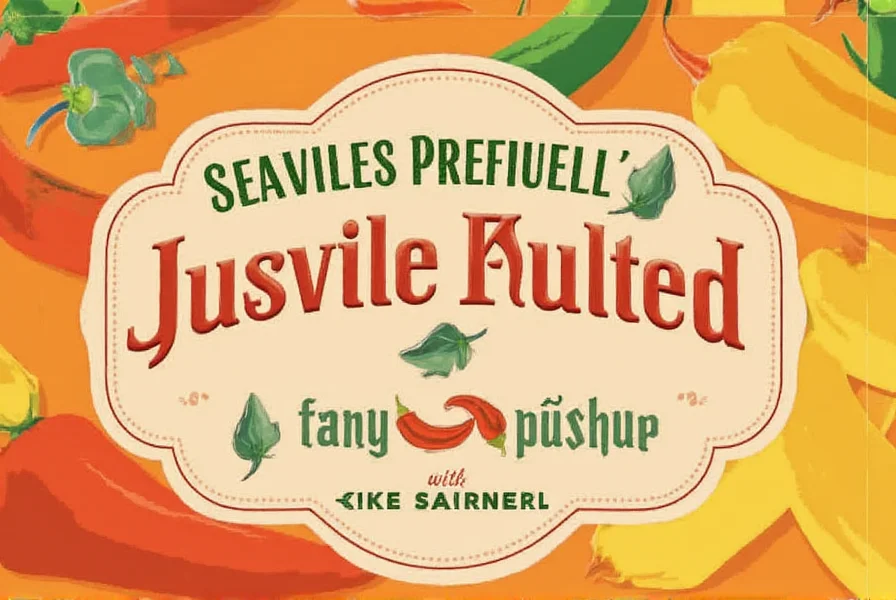









 浙公网安备
33010002000092号
浙公网安备
33010002000092号 浙B2-20120091-4
浙B2-20120091-4